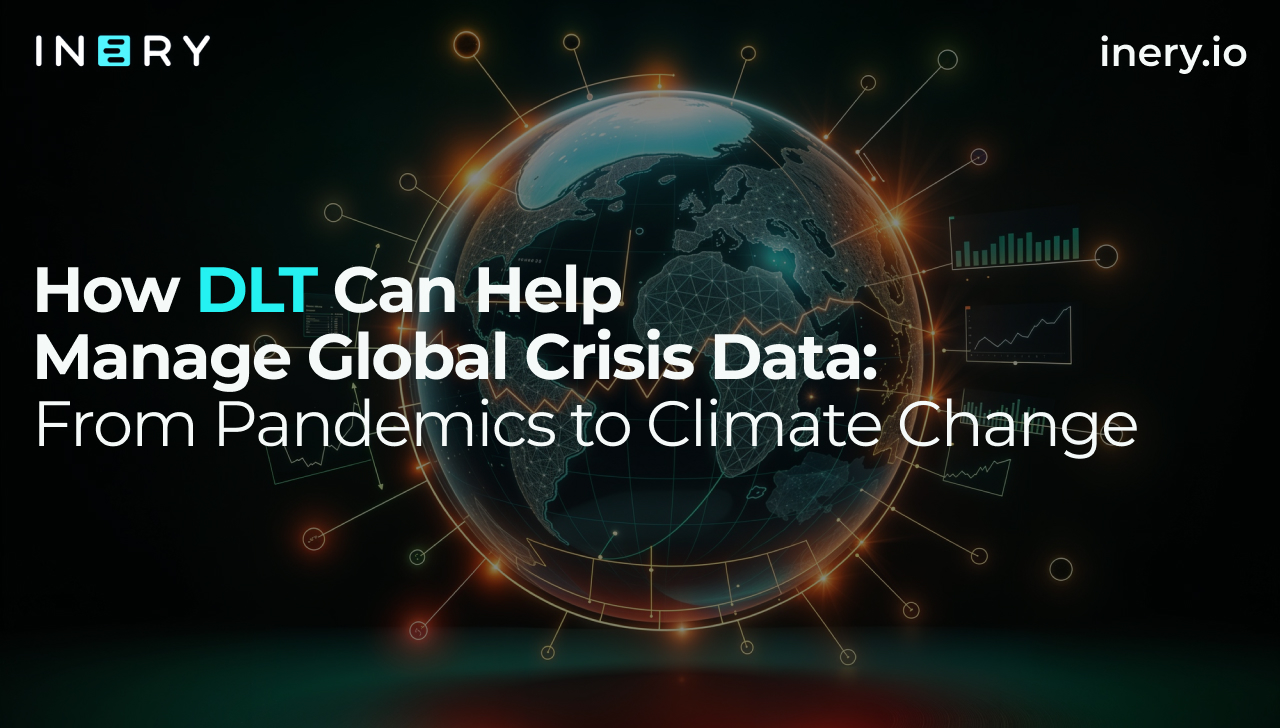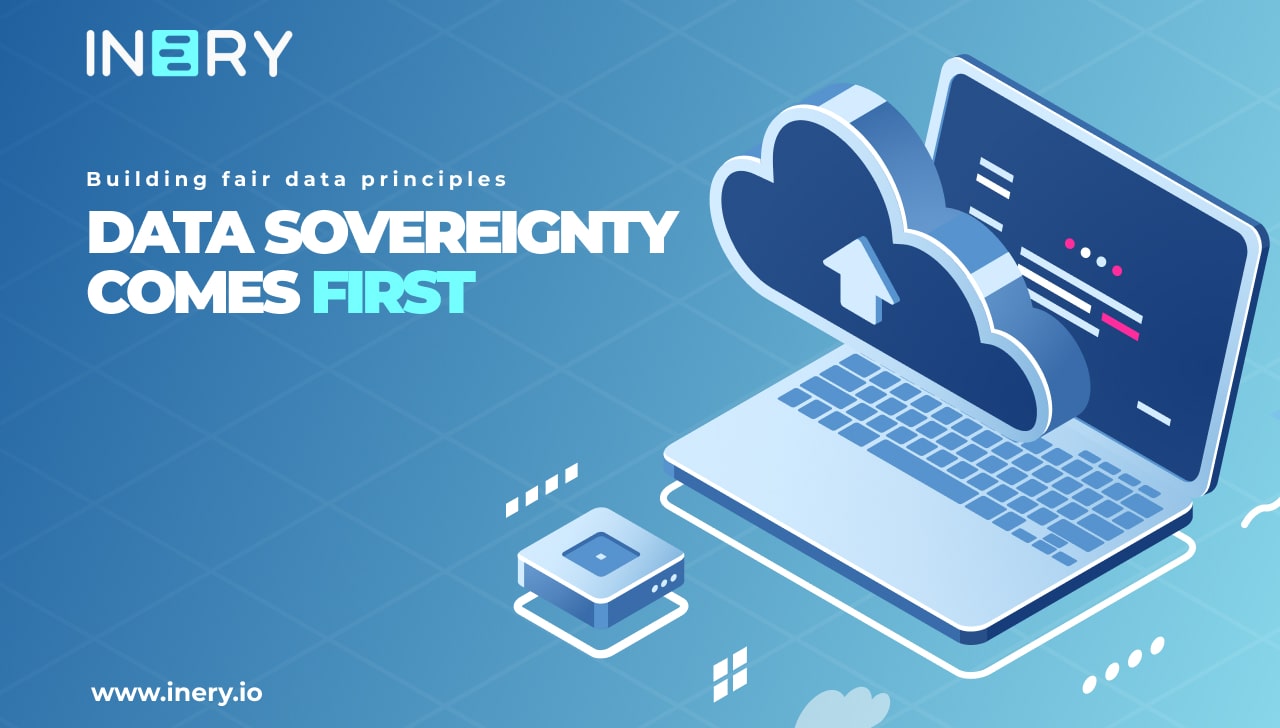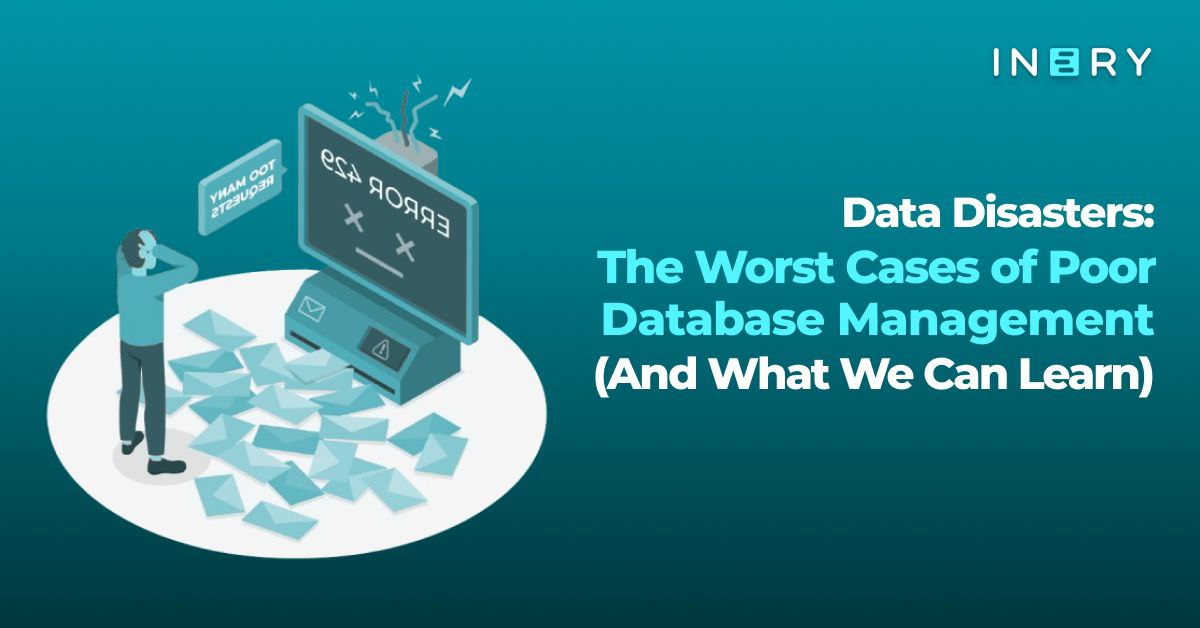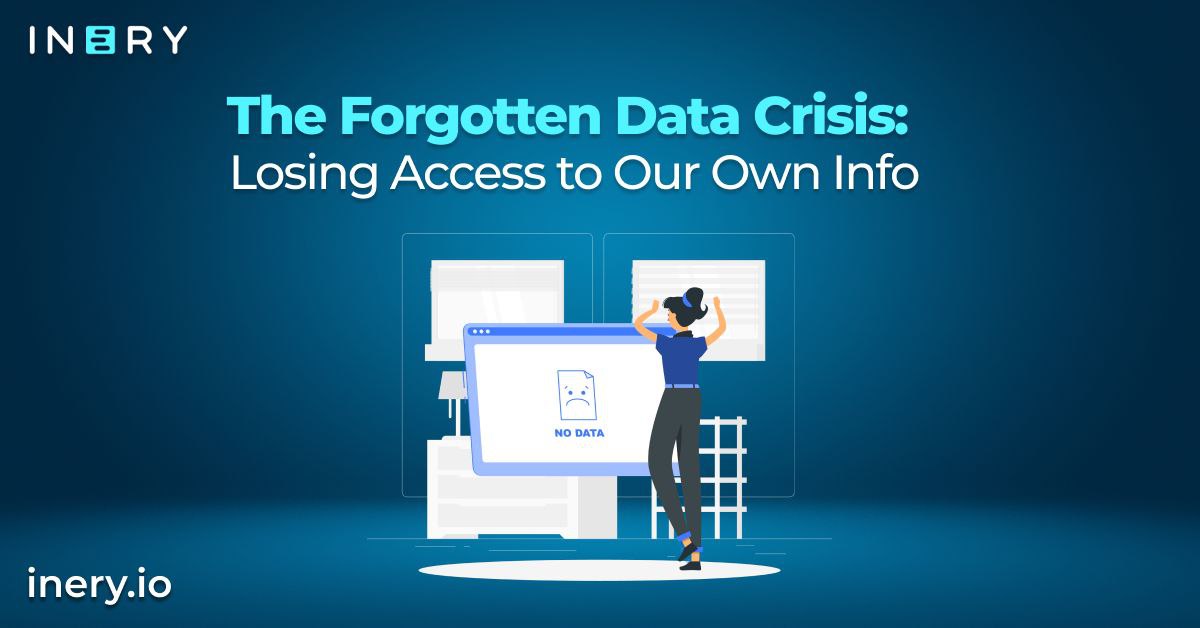Web3 flagships are increasingly looking into Web3 solutions. The thriving Web3 market provides a terrific opportunity for corporations like Amazon, Meta, and Alphabet to diversify and improve their services. The chance to boost adoption in the burgeoning Web3 community is also a great motivator for this expansion.
Luckily, Web3 technology offers a variety of ways to improve Web2 products and services. Current-generation online companies stand to diversify revenue channels, exploit novel ways to engage target communities, and boost overall customer experience.
Below are a few key Web3 technologies which companies of the current Internet iteration can leverage.
Non-Fungible Tokens (NFT)
Web2 businesses can make creative use of NFTs to fortify brand loyalty, drive interest in events, and sell one-of-a-kind products. For that reason, a plethora of Web2 giants have looked into (and are in the process of integrating) NFT solutions.
For example, YouTube can field an NFT service that allows users and content makers to create clips of their favorite channels or moments. The digital signature possible due to NFT tech drives the value of these clips, making them limited-supply digital assets to buy and sell.
Meanwhile, Meta’s Facebook could facilitate NFT-based membership passes to exclusive groups meant to promote and coordinate something like an upcoming event. The selling (and the royalties from reselling) of these NFTs could create substantial revenue. At the same time, the buyers get a tradeable, shareable pass to a gated group or event. For now, Meta is sunsetting its foray into NFTs, but it remains a fertile field for it to explore.
Either way, the versatility of NFTs makes them a tempting tool for companies to use. Big names like Amazon and Tencent have already dipped their toes into the technology. Meanwhile, YouTube may come around soon, given its new Web3-friendly CEO, Neal Mohan.
Metaverse
The metaverse opens up a new level of immersion for brands to take advantage of. Once the required VR/AR hardware becomes accessible enough, metaverse marketplaces and real estate will become an everyday facet for the average consumer.
Web2 companies that implement the metaverse can satisfy most (potential) customer needs, catering to top-of-sales-funnel prospects and customer service seekers alike. It provides a platform for user-generated content, advertising space, community hangouts, virtual concerts, etc. —the possibilities are too many to count.
Obviously, Meta plans to heavily use the metaverse, bringing social media into a new, three-dimensional world. Gaming-related service providers, e.g., Twitch, can also add a whole new level of immersion through the metaverse, creating a sort of hub world between different games.
Ecommerce companies may benefit uniquely benefit from the metaverse. Through a virtual shop, ecommerce titans like Alibaba would allow customers to browse online items like never before. Given the high capacity for creativity, metaverse fashion shops and luxury shopping platforms (similar to the Alibaba/Tmall metaverse joint in September 2022) allow these companies to tailor a one-of-a-kind customer experience.
Blockchain
The blockchain is the pivotal component of Web3’s infrastructure. The decentralized, immutable nature of the blockchain lends itself to secure data transactions free of downtime. Moreover, it facilitates transparent data tracking since every stakeholder has access to the necessary data.
The use cases for the blockchain among Web2 giants could reshape how they deliver their services. For instance, Amazon could roll out a decentralized marketplace solution that processes payments faster due to a lack of intermediaries usually involved. Supply chain management would also be made more manageable through the easier real-time recording and tracking of goods.
Meanwhile, Airbnb could fortify sensitive user data and streamline document submission requirements for hosts. There’s also the added benefit of smart contracts that make binding the arrangements made between guests and hosts. Smart contracts would expedite the process of creating and terminating agreements between these parties.
Bridge the Gap Between Web2 and Web3 With Inery
The first step when transitioning from Web2 to Web3 is to ensure a proper foundation for your database. Inery’s database management solution provides the distributed scaffolds needed for a flourishing Web3 operation.
Through its layer-1 blockchain solution, Inery provides a secure, scalable infrastructure to decentralize database management. Inery blockchain can sustain a data throughput of over 10,000 transactions per second, all the while maintaining network security via the Proof-of-Stake consensus protocol. This blockchain ensures that your database remains operational despite malfunctions of one or more servers, while removing the risk of permanent data loss.
IneryDBMS (database management system) allows users to create value contracts (Inery’s version of smart contracts) to automatically reinforce data ownership and control access permissions. Value contract generation, complex queries, powerful query API, and much more is possible through IneryDBMS and its streamlined GUI.
In other words, Inery offers you all the tools needed to step into the world of Web3 with confidence. With Inery, the next digital iteration is but a node away.

Inery•
11 months ago
Revolutionizing Sports Management: Secure Athlete Data
Sports data shapes everything from strategies to recovery plans. Learn why protecting it is so important and how Inery DLT makes it all safer. ...READ MORE
-1735212137.jpg)
Share

Inery•
9 months ago
Buying a House? Here’s How to Protect Your Contracts and Data
Protect your property deals in a world where digital fraud is on the rise. Find out how you can secure contracts, verify ownership, and guard personal information using modern solutions. ...READ MORE

Share

Inery•
4 months ago
How DLT Can Help Manage Global Crisis Data: From Pandemics to Climate Change
From floods to outbreaks, data can save lives. Learn how DLT helps governments and agencies handle high-stakes scenarios with more clarity and trust. ...READ MORE

Share

Inery•
3 years ago
Inery’s Nobility: Putting Data Sovereignty First
Data sovereignty at the frontier of web3 ...READ MORE

Share
Most popular today



